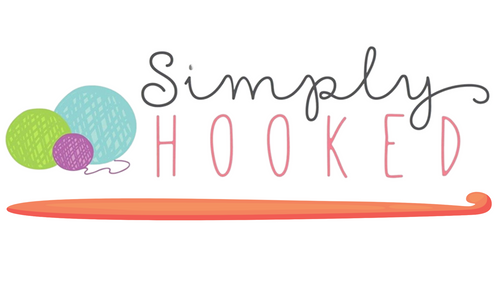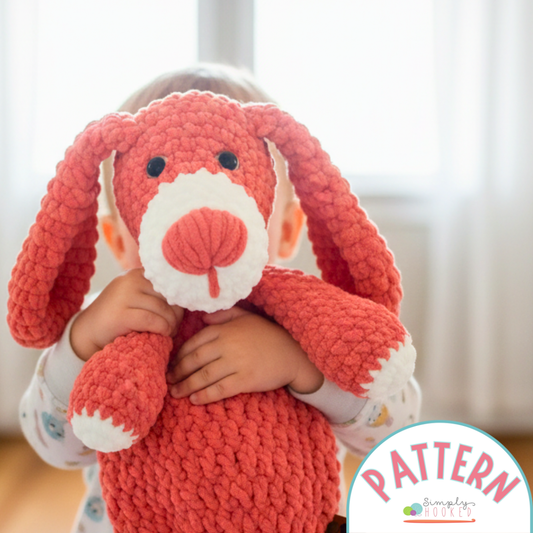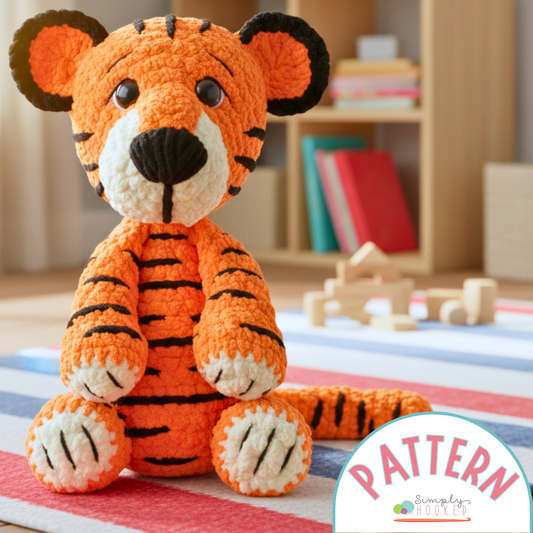Crochet is one of the most beloved crafts in the world, but did you know it has two different stitch languages? If you’ve ever started a pattern and your stitches just didn’t look right, you may have stumbled into the confusion of UK vs US crochet terms.
This is one of the most common questions I get from beginner crocheters, and it’s such an important one to understand if you want to read crochet patterns with confidence. In this guide, we’ll walk through the history of crochet terminology, explain the differences, and share practical crochet tips to make sure your projects turn out the way you planned.
🎧 Listen to UK vs US Crochet Terms Explained: Why Crochet Stitches Have Two Languages on Spotify
Why Do UK and US Crochet Terms Differ?
Crochet actually started out with no standardized language at all. In the 1800s, crochet spread across Europe and America, and stitch names were recorded differently depending on where you learned.
The UK system began naming stitches based on the number of loops left on the hook at the end of the stitch. Meanwhile, the US system described stitches by the number of yarn overs used.
That’s why what Americans call a single crochet (sc) is the same stitch the British call a double crochet (dc). They’re describing the same movement, but counting it differently.
The Most Common UK vs US Crochet Stitch Differences
Here’s a quick chart you can save for easy reference. It’s one of the handiest crochet tips for beginners:

👉 Notice how the UK names are always one step “higher” than the US names.
Here's a PDF of this chart you can print and keep handy.
Which Came First—UK or US Crochet Terms?
Historically, crochet’s origins are debated, but most experts agree that the UK system came first because crochet’s popularity spread from Europe. When crochet crossed the Atlantic, Americans developed their own terminology, and the US system eventually stuck in published patterns here.
Today, both are still widely used—meaning as crocheters, we need to know both “languages.”
Why It’s Important for Beginner Crocheters
For beginner crochet enthusiasts, nothing is more frustrating than finishing rows only to realize your stitch count doesn’t match the photo. Understanding UK vs US crochet terminology helps you:
● Follow patterns from anywhere in the world
● Avoid mistakes and wasted time
● Build confidence in reading crochet patterns
● Expand your access to international designs
This small detail can completely change your crochet journey, giving you the freedom to pick up any pattern and stitch with ease.
🎧 Listen to UK vs US Crochet Terms Explained: Why Crochet Stitches Have Two Languages on Spotify
Final Thoughts
Crochet is meant to be fun, creative, and relaxing—not frustrating. Once you understand the difference between UK and US crochet terms, you’ll unlock a whole new level of freedom in your craft.
So next time you start a new project, take a minute to check which “language” your pattern is written in. With this knowledge, you’ll be able to crochet across borders, enjoy more patterns, and stitch with confidence.
And hey—if you’ve ever wondered why crochet stitches have two different languages—now you know the history behind it too.
Happy crocheting, friend! 🧶✨
About the Author
 Marcy Gardner is the crochet designer behind Simply Hooked, where she creates beginner-friendly amigurumi patterns that help makers of all skill levels create adorable, giftable plushies.
Marcy Gardner is the crochet designer behind Simply Hooked, where she creates beginner-friendly amigurumi patterns that help makers of all skill levels create adorable, giftable plushies.With over 13 years of crochet experience, Marcy has taught hundreds of crocheters through her patterns, kits, and online courses.





